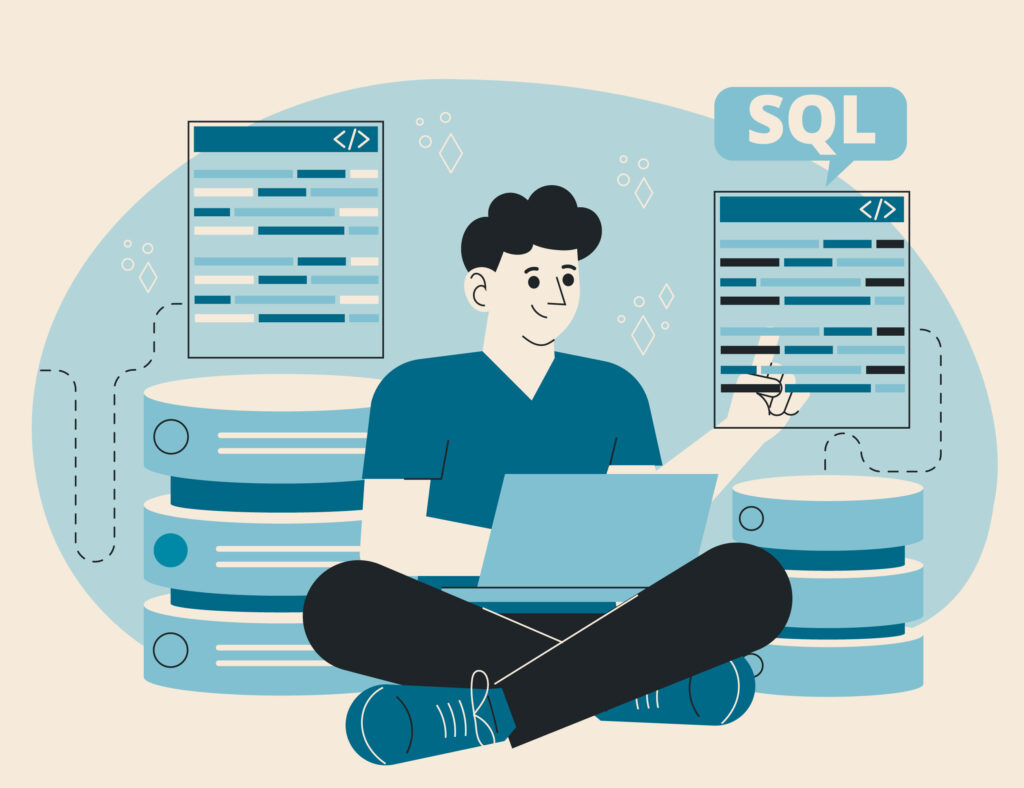In an era dominated by technology, the specter of cyber threats looms large over individuals, businesses, and governments alike. Among the myriad techniques employed by malicious actors, injection attacks stand out as a particularly insidious and dangerous breed. As we step into 2024, it becomes imperative to understand and guard against the evolving landscape of injection attacks that threaten the very fabric of our digital existence.

- SQL Injection (SQLi): The Ever-Persistent Threat
SQL injection remains a perennial favorite among cybercriminals. By manipulating SQL queries, attackers exploit vulnerabilities in databases, gaining unauthorized access and potentially wreaking havoc on sensitive information. As databases continue to underpin digital infrastructures, defending against SQL injection is paramount.
- Cross-Site Scripting (XSS): Unleashing Chaos via the Browser
In the realm of web-based attacks, XSS continues to be a menace. By injecting malicious scripts into websites, attackers compromise the trust users place in their browsers, potentially leading to the theft of sensitive data or the spread of malware. As web applications proliferate, mitigating XSS vulnerabilities becomes an urgent priority.
- Command Injection: The Gateway to System Compromise
Command injection attacks target applications that allow user input to influence system commands. By injecting malicious commands, attackers can gain unauthorized access to servers and execute arbitrary code. In 2024, the sophistication of command injection techniques is on the rise, demanding enhanced security measures.
- LDAP Injection: Manipulating Directory Services
As organizations increasingly rely on LDAP (Lightweight Directory Access Protocol) for authentication and directory services, LDAP injection attacks have gained prominence. Attackers exploit vulnerabilities to manipulate queries, potentially compromising user credentials and sensitive information. Vigilance in securing LDAP implementations is crucial.
- XPath Injection: Tampering with XML-based Systems
XPath injection attacks target applications that utilize XML (eXtensible Markup Language) for data exchange. By manipulating XPath queries, attackers can extract sensitive information or tamper with data integrity. As XML-based systems become more prevalent, fortifying against XPath injection is imperative.
- Cross-Site Request Forgery (CSRF): Deceptive Exploitation
CSRF attacks trick users into executing unwanted actions without their consent by leveraging their authenticated sessions. This injection technique can lead to unauthorized transactions or changes in user settings. In 2024, defending against CSRF requires robust mechanisms for request validation and user authentication.
- Remote Code Execution (RCE): Breaching System Boundaries
Remote code execution allows attackers to execute arbitrary code on a targeted system, often leading to a complete compromise. As organizations adopt cloud-based solutions and interconnected systems, the risk of RCE attacks intensifies. Implementing strict code review processes and regularly updating software is vital.
- HTML Injection: Undermining Webpage Integrity
HTML injection attacks involve the insertion of malicious code into web pages, manipulating their appearance or functionality. By exploiting this vulnerability, attackers can deceive users or steal sensitive information. Safeguarding against HTML injection requires stringent input validation and output encoding practices.
- XML External Entity (XXE) Injection: Exploiting Parsing Vulnerabilities
XXE attacks exploit vulnerabilities in XML parsers, allowing attackers to read sensitive files, execute remote requests, or launch denial-of-service attacks. As XML remains integral to data interchange, preventing XXE injection involves securing XML parsers and validating user inputs effectively.
- NoSQL Injection: A Growing Threat in the Database Landscape
With the rise of NoSQL databases, NoSQL injection attacks have become a formidable threat. Malicious actors exploit weaknesses in non-relational databases, potentially compromising data integrity and availability. As organizations adopt NoSQL solutions, fortifying against NoSQL injection requires specialized security measures.
Conclusion:
As we navigate the ever-evolving landscape of injection attacks in 2024, the importance of robust cybersecurity practices cannot be overstated. From traditional threats like SQL injection to emerging risks such as NoSQL injection, the digital realm demands continuous vigilance and proactive defense mechanisms. Organizations and individuals alike must stay informed, adapt their security postures, and collaborate to build a resilient defense against the pervasive and persistent threat of injection attacks.
Anonymous is not supporting any Politicians in American president election in 2024 . Your story does represent all off collective anonymous will support who they want. Most off Anonymous in USA
will not vote for anyone at all but does that do will either Jill Stein or other candidate’s. Will not for vote Donald Trump , or republican party or Joe Biden. If woman candidate appears for democrats instead Joe Biden then most would vote . Donald Trump , Joe Biden are consider dangerous will cause bigger war .
we need someone is power who will not pet dog for Israel but asked ceasefire in Gaza call it what is genocide .